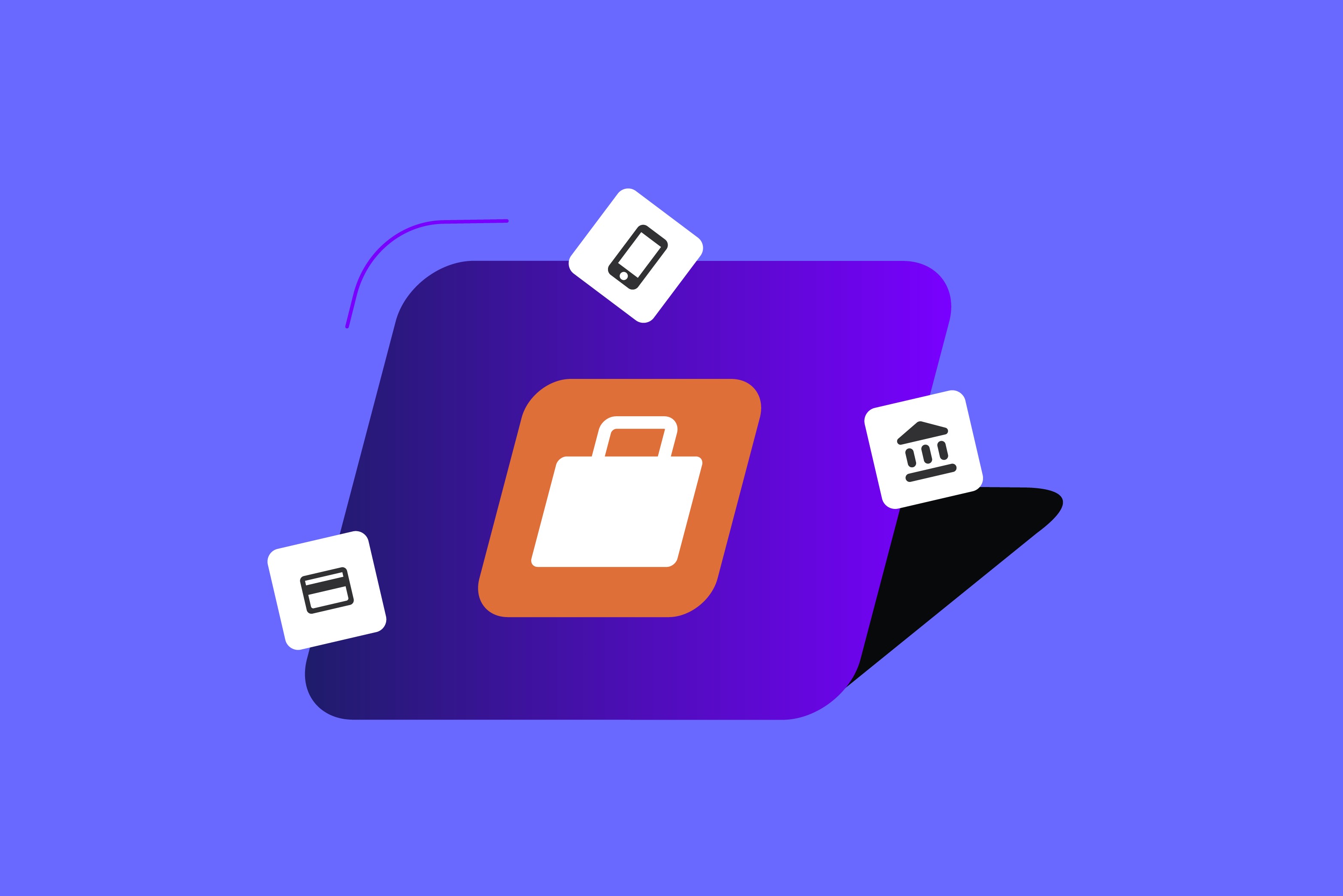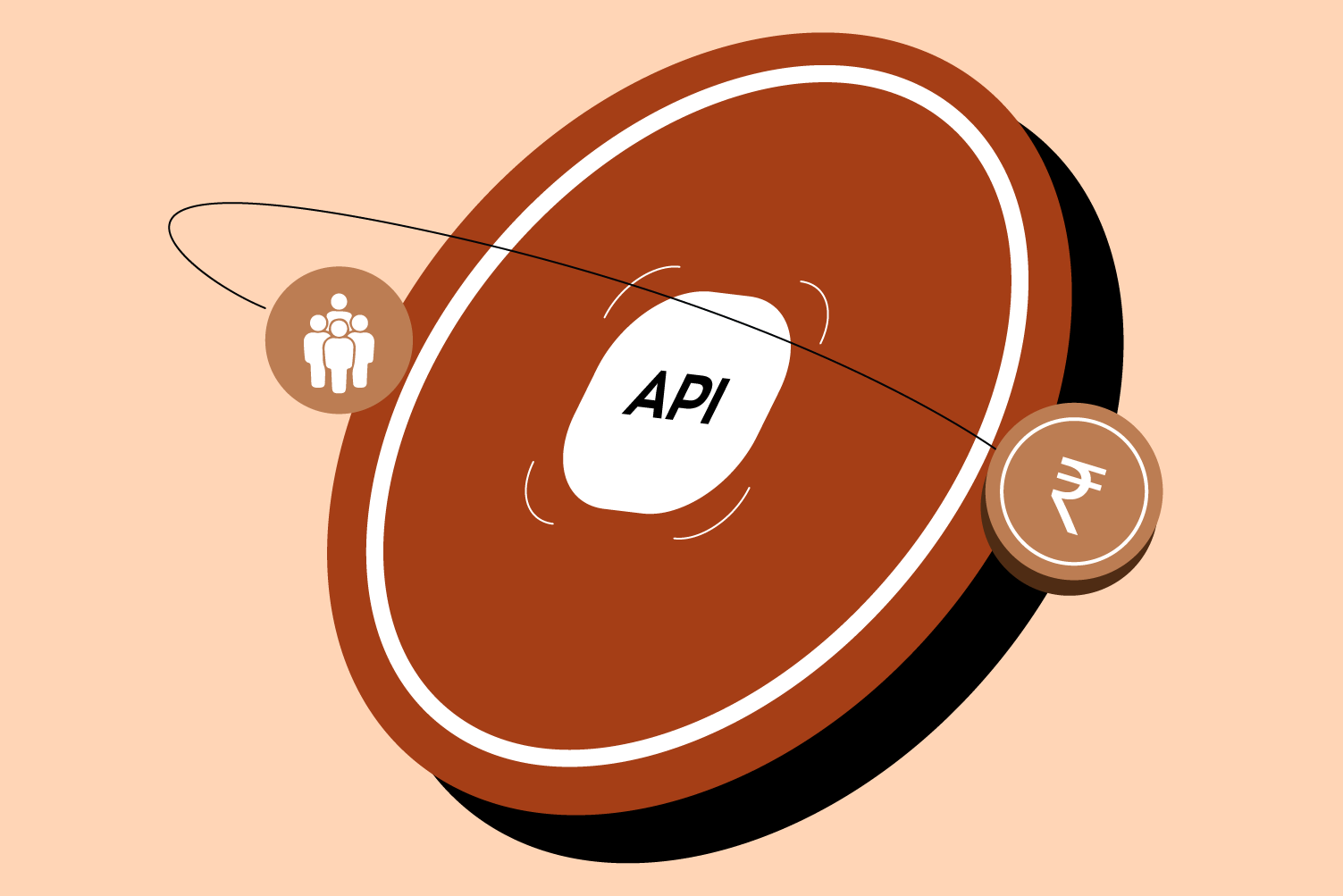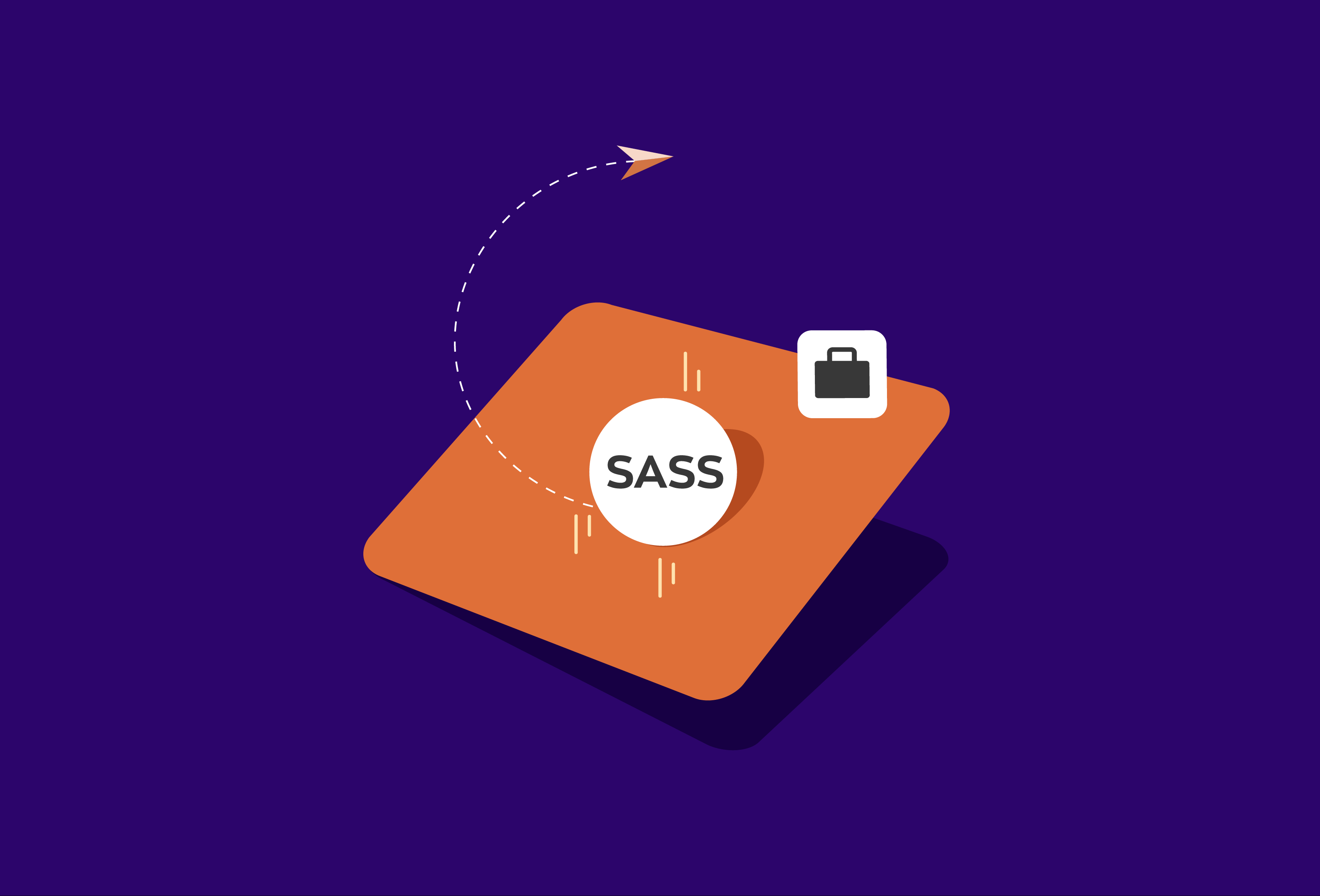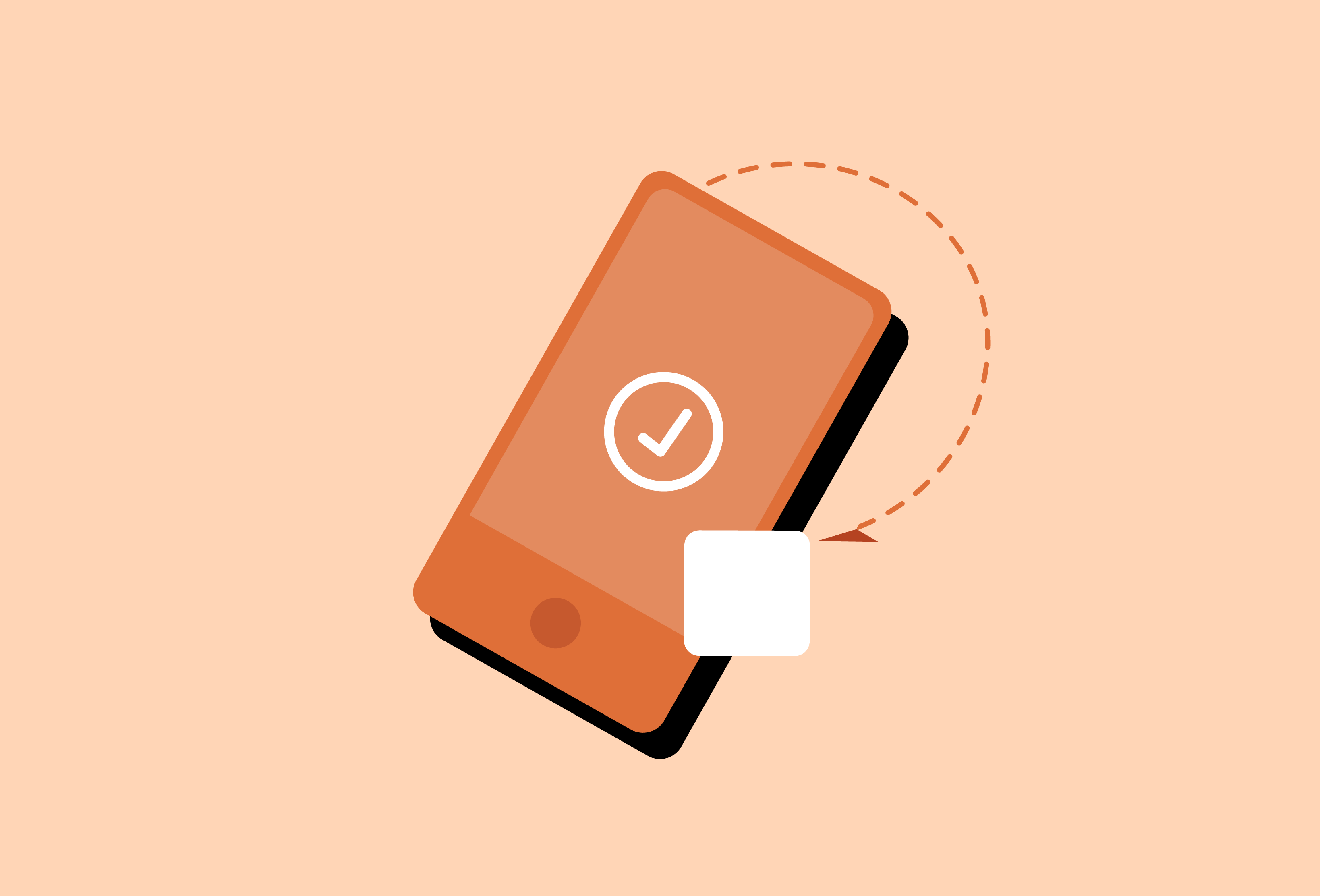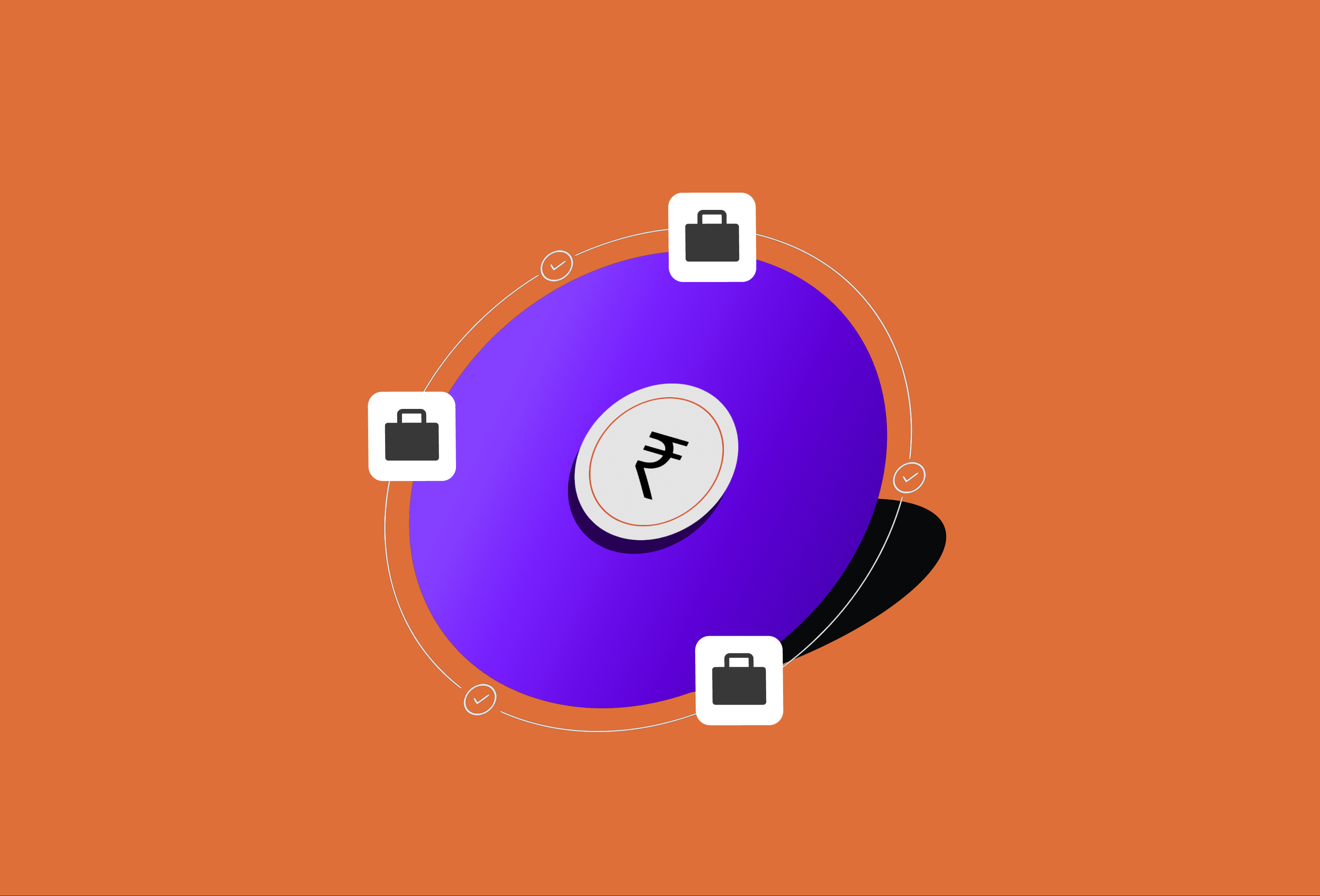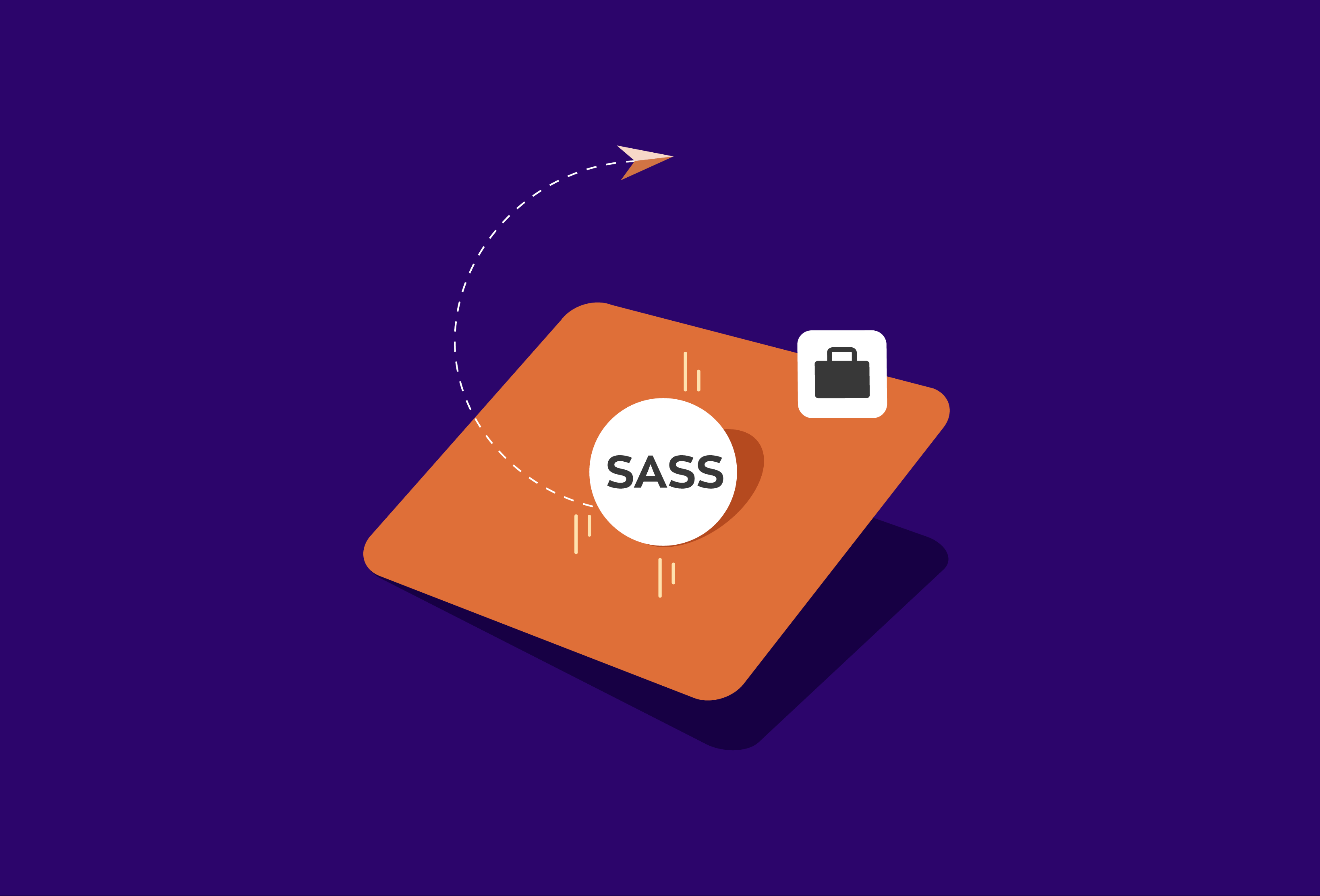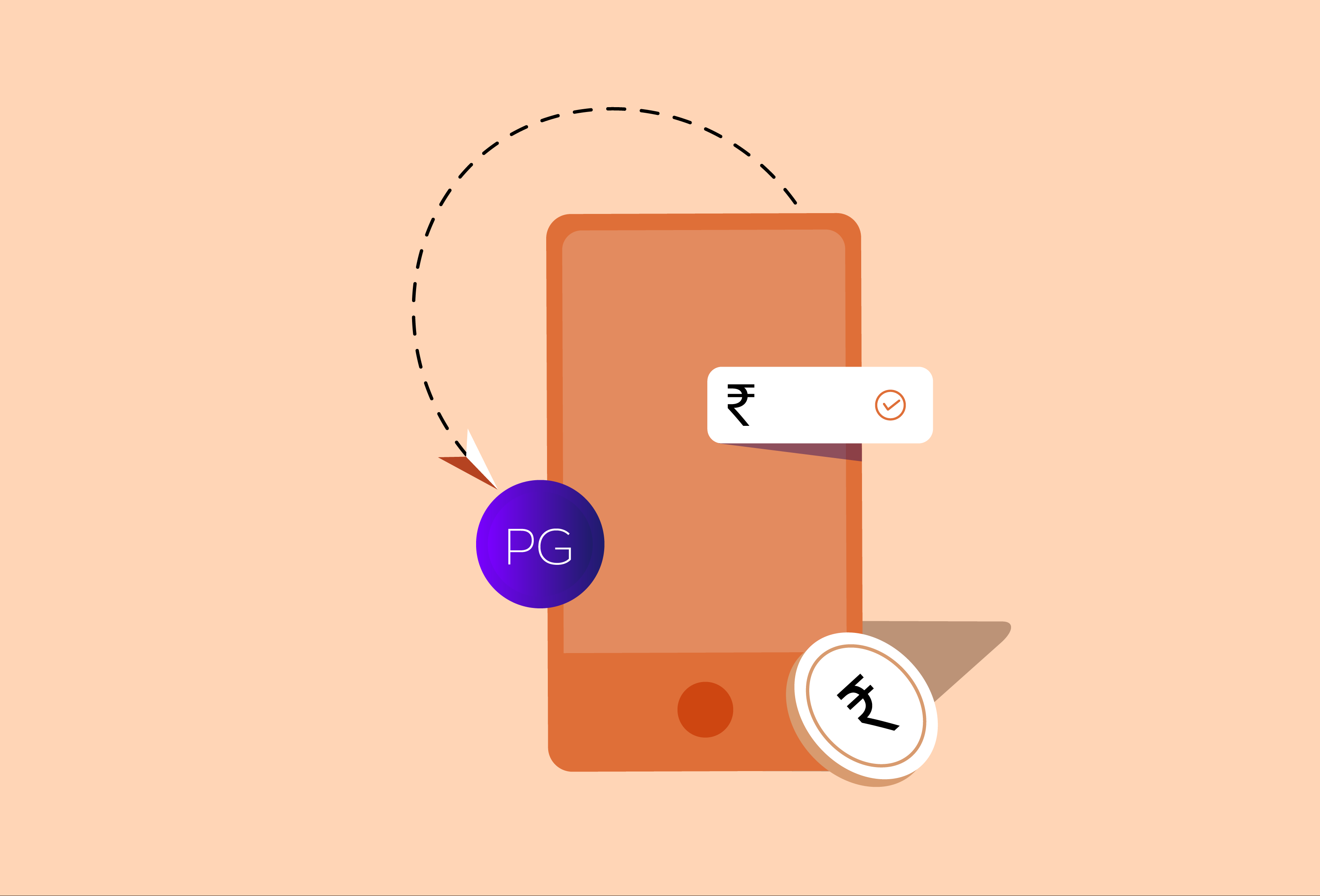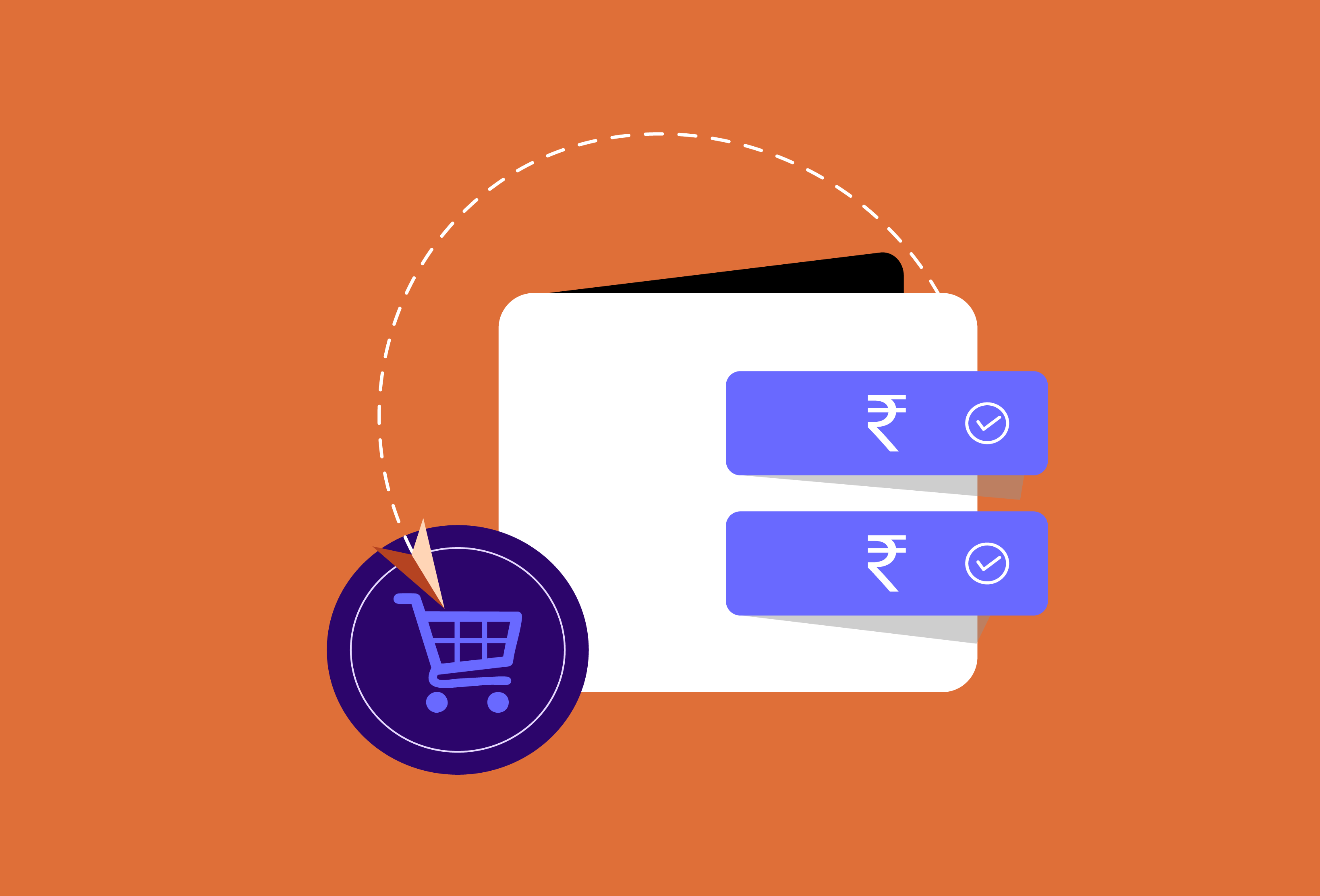As more people shop and pay online, businesses are expected to offer a smooth and secure checkout experience. A key part of that experience is the payment gateway—the technology that handles online transactions. For most businesses, choosing a payment gateway is one of the first steps when setting up an online store. But as the business grows, a new question comes up: Should you integrate multiple payment gateways?
This blog breaks down what that means, why it matters, and whether it’s the right move for your business.
What Is a Payment Gateway?
A payment gateway is a service that connects your website or app to the banking network. It verifies and processes payments made by customers through credit cards, debit cards, UPI, wallets, net banking, and more. Think of it as a digital point-of-sale system for online transactions.
Most payment gateways offer APIs and dashboards that help businesses manage payments, issue refunds, track settlements, and handle reconciliation.
Why Businesses Typically Start with One Gateway
Most businesses start with a single payment gateway—and for good reason:
- Ease of integration: Fewer moving parts means faster development.
- Cost-effective: Many gateways offer competitive pricing for small businesses.
- Simplified reporting: All transactions and settlements in one dashboard.
- Lower maintenance: One contract, one support team, one system to monitor.
For early-stage startups or small businesses, this setup is more than enough to get going.
The Problem with Relying on Just One Gateway
As the business scales, however, relying on a single provider can start to show its limitations:
- Downtime: No gateway is immune to outages. If your only gateway is down, so are your payments.
- Failed transactions: Sometimes, a payment fails because the issuing bank or gateway is facing temporary issues. With no fallback, the transaction is lost.
- Limited payment options: Not every gateway supports the same payment methods or instruments.
- Higher costs: Without alternatives, you may have little room to negotiate on pricing.
- Geo or bank-specific issues: Some gateways may perform better in certain regions or with certain banks.
For businesses processing hundreds or thousands of transactions daily, even a small dip in success rate can impact revenue and user trust.
What Does Using Multiple Payment Gateways Mean?
Using multiple payment gateways means integrating two or more gateway providers into your website or app. Customers won’t necessarily see this setup. Instead, your system decides which gateway to use for each transaction based on rules like success rates, payment method, location, or availability.
In some setups, the user might be redirected to a different gateway interface. In others, the switch happens entirely in the backend.
When Does It Make Sense to Use More Than One Gateway?
Adopting multiple payment gateways is a strategic decision. Here are some common scenarios where it adds real value:
- High transaction volume: When you’re handling large volumes, splitting traffic between gateways can reduce pressure on a single provider.
- Serving different regions: Some gateways are better optimised for certain regions or support local instruments better.
- Improving success rates: If a transaction fails on one gateway, it can be retried on another, improving the overall conversion rate.
- Reducing downtime risk: If one gateway faces a technical issue, the other can act as a backup.
- Pricing flexibility: When you have options, you can negotiate better transaction fees or switch routing based on cost.
In many cases, businesses also use gateway-specific offers to target different customer groups (e.g., card-based offers on one gateway, UPI cashback on another).
Challenges of Managing Multiple Gateways
While the benefits are clear, managing multiple payment gateways also comes with a set of challenges:
- Technical complexity: You’ll need a routing engine or logic to decide which gateway to use when.
- Operational overhead: More gateways mean more contracts, more dashboards, and more support interactions.
- Reconciliation: Settlements and refunds may need to be tracked across different providers, adding complexity to accounting.
- Compliance: Ensuring that all integrations meet data protection and PCI-DSS standards becomes more important.
To manage these challenges effectively, some businesses opt for a payment orchestrator—a layer that sits between your application and multiple gateways to automate routing and tracking.
How to Implement Multiple Gateways Smoothly
If you’ve decided that your business needs multiple payment gateways, here are some ways to make the transition easier:
- Start with two: Begin by adding one more gateway alongside your existing one. Monitor performance before adding more.
- Use smart routing: Create rules to automatically choose the best gateway based on factors like payment method, bank, success rate, or transaction size.
- Monitor metrics: Track transaction success rates, downtime, and settlement delays across gateways to refine your routing logic.
- Simplify user experience: Don’t confuse users with too many visible options. Keep the experience smooth, even if the backend is complex.
- Stay compliant: Ensure all your integrations follow RBI guidelines, PCI-DSS compliance, and other applicable standards.
You can also consider platforms or APIs that offer built-in multi-gateway support with fallback and smart routing features—this reduces engineering effort while giving you full flexibility.
Conclusion
Choosing a payment gateway is a foundational step for any online business. But sticking with a single provider may not be enough in the long run. If your business is growing, or if you’ve started noticing issues like frequent payment failures, delays in settlements, or limited payment options, it might be time to consider integrating multiple payment gateways.
That said, it’s not a one-size-fits-all decision. Smaller businesses may not need the added complexity right away. But for those aiming to optimise performance, reduce downtime risk, and improve customer experience, adopting multiple gateways can offer clear advantages.
The key is to evaluate your current setup, measure what’s working and what isn’t, and scale your payment infrastructure accordingly. Platforms like Zwitch help streamline this process by offering unified APIs, smart routing, and real-time insights—making it easier to manage multiple payment gateways without reworking your entire system.


